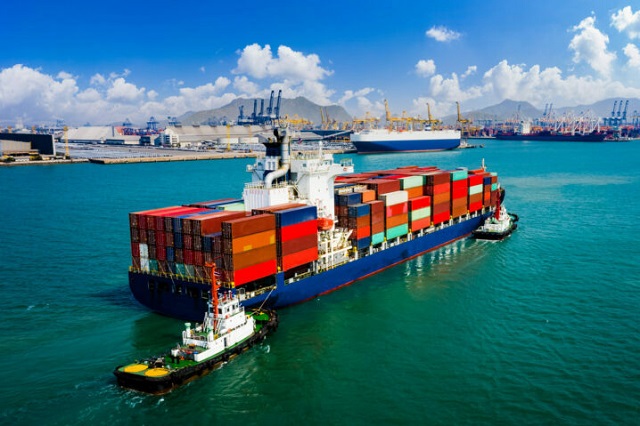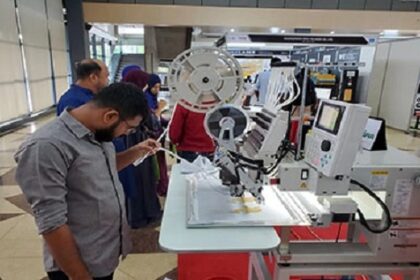Bangladesh’s merchandise exports rose by 24.9% in July — the first month of fiscal year 2025‑26 — reaching $4.77 billion, up from $3.81 billion in the same month last year, data from the Export Promotion Bureau showed on 4 August.
The ready‑made garment (RMG) sector drove the surge, posting $3.96 billion in export earnings — a 24.7% year‑on‑year increase, making it the backbone of national export growth.
Export growth extended beyond apparel: leather and leather goods, agro‑processed items, home textiles, jute products, engineering goods, frozen foods, and plastic products all recorded gains in July, according to EPB figures.
For the full fiscal year 2024‑25, Bangladesh posted total exports of $48.28 billion, up 8.6% from $44.47 billion a year earlier; RMG exports grew by 8.84%, reaching $39.35 billion.
Industry insiders credited the July uptick to improved political stability, stronger global demand, and uninterrupted production. BGMEA Director Faisal Samad said last July’s political unrest had delayed shipments, whereas this July exports “moved smoothly” in a stable environment.
Another BGMEA Director, Mohammed Sohel, noted that some orders delayed in June were delivered in July, likely boosting the figures. He cautioned that exports may soften in August due to residual carrying‑over effects and seasonal disruption. Former director Mohiuddin Rubel added that Eid‑related delays in June shifted volumes into July, though he remained optimistic of further growth ahead.
With RMG exports accounting for over 80% of total export earnings, employing around 4 million people and contributing roughly 10% of GDP, the sector remains critical to economic health. Exporters now face headwinds from rising U.S. tariffs. A reciprocal 35% duty imposed earlier this year on RMG exports triggered concern, particularly from leading buyers. Some U.S. orders — for instance from Walmart — were put on hold amid tariff uncertainty.
However, exporters welcomed a recent breakthrough — Bangladesh secured a 20% tariff rate on its garment exports to the U.S., down from the initially proposed 37%, providing much‑needed relief to the apparel industry.






